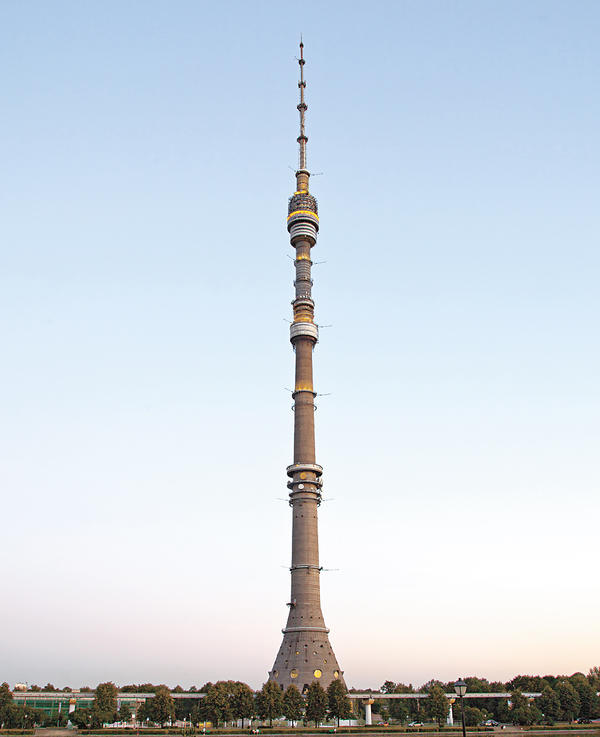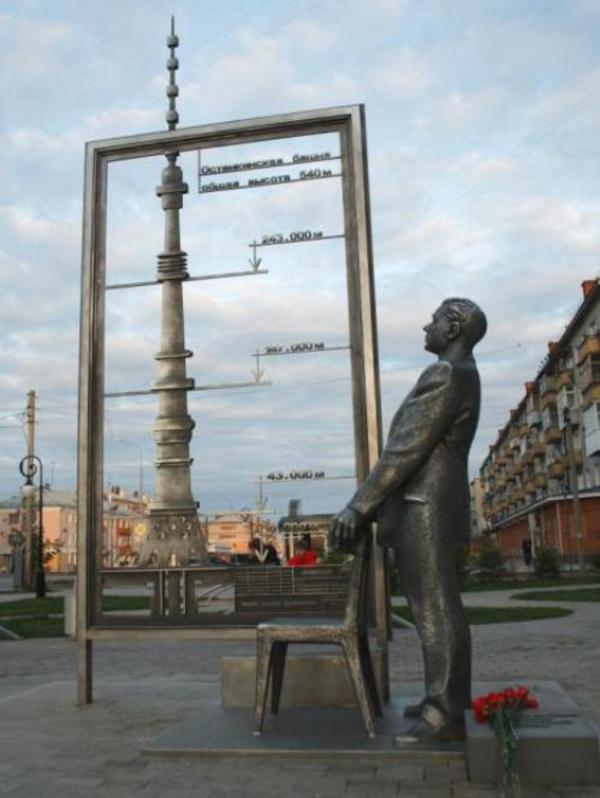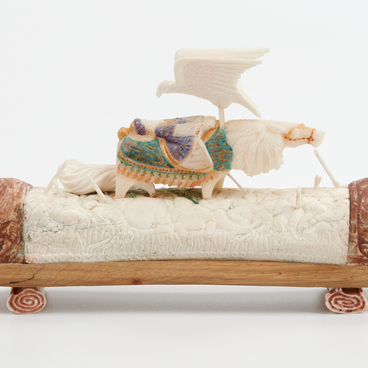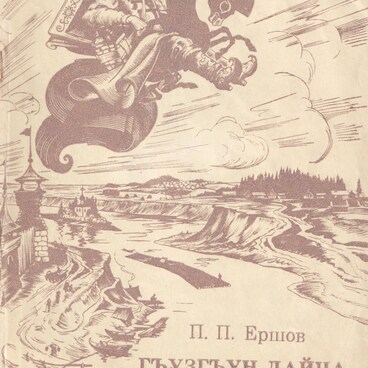The autobiography of the Soviet engineer Nikolay Nikitin is housed in the Yershov Museum Complex of Ishim City. Among Nikitin’s well-known projects are Ostankino Tower and the high-rise buildings of Moscow State University on the Vorobyovy Gory (Sparrow Hills).
Nikolay Nikitin was born in 1907 in Tobolsk city. The Nikitins moved to Ishim when the future engineer was four years old. His father was engaged in jurisprudence, and the mother opened a photographic studio. At first, the family lived in Simakov’s house on Bazarnaya Ploshchad (Market Square), and in 1913, they moved to the merchant Perminov’s house.
In 1915, Nikitin entered the first grade of the parochial school and graduated with distinction in 1918. In 1919, the family left Ishim: they fled along with the White Army to the east and settled in the city of Novo-Nikolayevsk.
While still at school, Nikolay Nikitin became interested in Mathematics and, having received a school graduation certificate, applied to the Mathematics and Physics program at Tomsk Technological Institute. But eventually he chose to study the Construction program, Architecture department of the same institution. During his studies, Nikitin headed the student design office. Young architects developed the calculation procedure for standardized reinforced concrete products for Kuznetsk Metallurgical Plant. Together with his colleagues, Nikitin prepared calculations for the first structural designs of reinforced concrete high-rise buildings.
Nikitin graduated in 1930. He was appointed an architect of the Public Utilities Department in Novosibirsk Region. In Novosibirsk, Nikitin constructed a four-story dormitory — the country’s first building with a prefabricated reinforced concrete frame. For this purpose, the engineer had to set up special production of supports, beams, and trusses.
In 1937, Nikitin moved to Moscow, and in 1945, he joined the construction of the University Campus — this was the original name of the Main building of Moscow State University on the Lenin Hills (Leninskiye Gory). Afterward, the engineer worked on other projects: the Warsaw Palace of Culture and Science, the Mamayev Kurgan Memorial Complex in Volgograd, the Memorial Complex in Ulyanovsk, the Central Lenin Stadium in Luzhniki, in Moscow.
Nikolay Nikitin was born in 1907 in Tobolsk city. The Nikitins moved to Ishim when the future engineer was four years old. His father was engaged in jurisprudence, and the mother opened a photographic studio. At first, the family lived in Simakov’s house on Bazarnaya Ploshchad (Market Square), and in 1913, they moved to the merchant Perminov’s house.
In 1915, Nikitin entered the first grade of the parochial school and graduated with distinction in 1918. In 1919, the family left Ishim: they fled along with the White Army to the east and settled in the city of Novo-Nikolayevsk.
While still at school, Nikolay Nikitin became interested in Mathematics and, having received a school graduation certificate, applied to the Mathematics and Physics program at Tomsk Technological Institute. But eventually he chose to study the Construction program, Architecture department of the same institution. During his studies, Nikitin headed the student design office. Young architects developed the calculation procedure for standardized reinforced concrete products for Kuznetsk Metallurgical Plant. Together with his colleagues, Nikitin prepared calculations for the first structural designs of reinforced concrete high-rise buildings.
Nikitin graduated in 1930. He was appointed an architect of the Public Utilities Department in Novosibirsk Region. In Novosibirsk, Nikitin constructed a four-story dormitory — the country’s first building with a prefabricated reinforced concrete frame. For this purpose, the engineer had to set up special production of supports, beams, and trusses.
In 1937, Nikitin moved to Moscow, and in 1945, he joined the construction of the University Campus — this was the original name of the Main building of Moscow State University on the Lenin Hills (Leninskiye Gory). Afterward, the engineer worked on other projects: the Warsaw Palace of Culture and Science, the Mamayev Kurgan Memorial Complex in Volgograd, the Memorial Complex in Ulyanovsk, the Central Lenin Stadium in Luzhniki, in Moscow.







